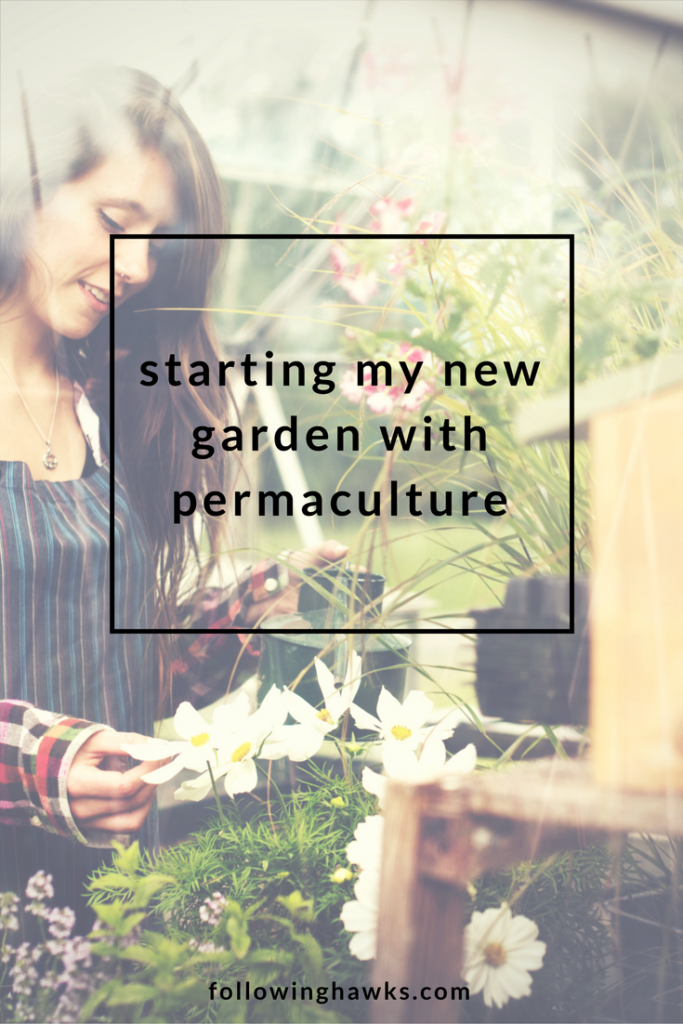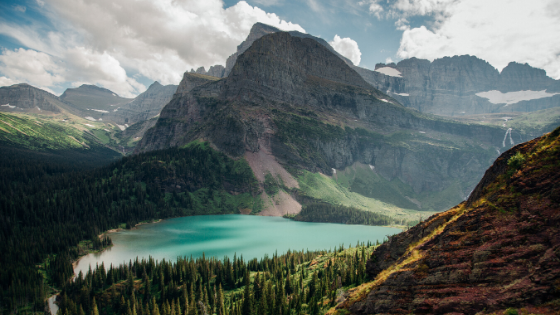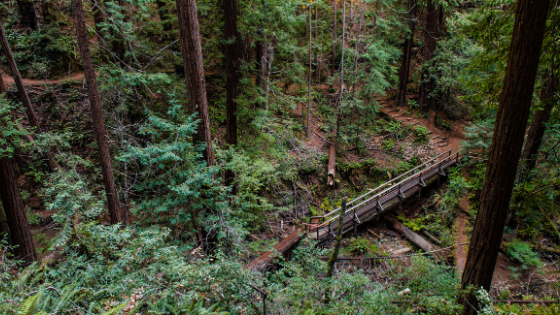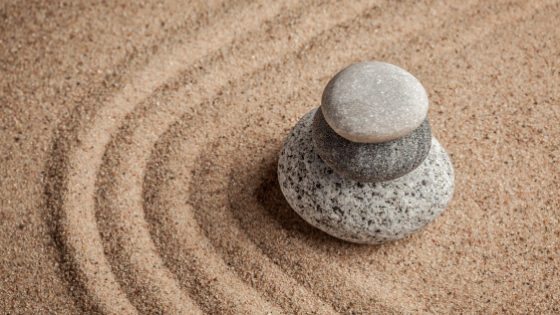I've talked about starting a new garden with permaculture before, but I've been thinking about it on a much larger scale as we're getting settled into our new home and I look out the windows everyday at what is nearly a blank slate.
I was a casual student of permaculture for a number of years, reading books and experimenting with some of the methods both in my backyard garden and on the farm I grew up on.
But a couple of years ago, when house hunting was coming up empty and I was staring down a cold, dark winter, I decided to study for my Permaculture Design Certificate online through Oregon State University. They now also offer a FREE introduction course if you're even the tiniest bit interested.
It was much more in-depth and challenging than I anticipated (not the least of which was that I didn't even think about how I would complete a design course when I didn't know a thing about drafting) but it completely changed how I looked at every property from that point on.
In short, permaculture stands for “permanent agriculture”. It focuses on observing and learning from our environment to create a sustainable landscape to meet our needs. It focuses on building soil, capturing water, and building interconnected guilds of complimentary (and often perennial) plants.
So what do you need to know about starting a new garden with permaculture?
The three main ethics in permaculture are:
– Care of the earth
– Care of the people
– Return of any surplus (or rather, take only what you need)
We looked at so many pieces of property that weren't right for what we wanted to do: too shady, too sloped, too remote…you get the picture. So when we found this piece of property with flat, southern exposure, just far enough away from the highway for peace and quiet, but not too far to get to town easily, we knew it was the one for us.
Before the snow fell, I could see what was growing – a variety of native grasses, and plenty of invasives including spotted knapweed and oxeye daisy.
I knew the soil was a bit rocky, but wasn't too worried about it.
Fast forward to March when excavation began and when I got my first look at the soil I was a tad bit concerned. It wasn't just rocky – it was ALL rock. The builder was thrilled – no extra truckloads of gravel – uhhh – yay?? I suppose it did save us a few bucks.
But now that we're moved in and I'm staring down the giant boulders unearthed during the different digging projects I've started to wonder – how will I ever manage to dig a hole with a shovel out there?
We're quite literally living in an ancient glacial riverbed.
A neighbor stopped by one evening awhile back and we chatted about the soil. He said not to bother to bring in any top soil because it will just wash away, which makes sense. He also told me that I'd better get after those weeds with some RoundUp (I bit my tongue since I don't really know him yet, except to say…oh thanks, but I think I'll find another method).
I've scoured all my online sources looking for tips but haven't found much information. I ultimately found one resource that specifically mentioned sheet mulching – which is building your soil up, rather than digging down into it – on gravel or even pavement, which I was pretty sure was possible, but really wanted the benefit of learning from someone else's experience if possible!
By the way…sheet mulching (or lasagna gardening or the Back to Eden Method) consists of layering organic matter on top of existing soil, grass, weeds, or apparently, even pavement if you'd like to put a little raised bed on a patio!
You can read step by step instructions on how to create a garden bed here.
By making the first layer a thick material of cardboard or burlap, you're effectively smothering whatever organic material is there that you don't want (like weeds), while giving the soil and plants a chance to develop and all the microorganisms, earthworms, and insects in the soil work their way up through the layers creating even better soil! In my case, it will hopefully keep the rain from washing my soil away, until it is stabilized.
So, for good measure, I decided to check in with my guides (duh) and see what they had to say. Why was I supposed to be gardening HERE? And what should I know about creating a garden on nearly solid rock?
A little rabbit came by to answer my questions and said that it was important to build an oasis in this area where people think it can't be done. What I can build will lift the energy of the area and inspire others (not to use RoundUp I hope…)
He also encouraged the sheet mulching and when I said…But how will I handle covering such a large area?? He said…Just like you would eat an elephant…One bite at a time. (You've all heard that joke, right?)
So, I can't be too ambitious. This is going to take awhile.
Building the soil through sheet mulching will also help it to retain more water, which is important in hot, dry summers like the one we're currently experiencing. Also, the exposed rock that we have at the moment is holding heat, building soil will help to cool the area as well.
Ultimately, the little rabbit said that people want to learn about this (you do, don't you??) and that the trees here will watch over and support our work.
I guess I have my marching orders! As it turns out, the trick to building on top of rock is to add an extra layer of branches and sticks on top of the cardboard layer so the cardboard doesn't get waterlogged.
I was a bit annoyed that the excavator had just left the trees he removed (as few as I could get away with), in a pile behind the house and wasn't really sure what I was going to do with them all.
But now I have a plan!
Once fall comes (or at the very least, this excruciating heat wave ends) we can begin cutting up the dead trees into small chunks to be used in the new beds. I'm just going to focus on one or two beds right in front of the house for now – and will likely plan to build the veggie garden next spring.
I'll definitely post my progress here as I work on this (especially large) project. But I'd love to hear your experiences with gardening on “difficult” soil. Are you inspired to sheet mulch a corner of your garden now?






